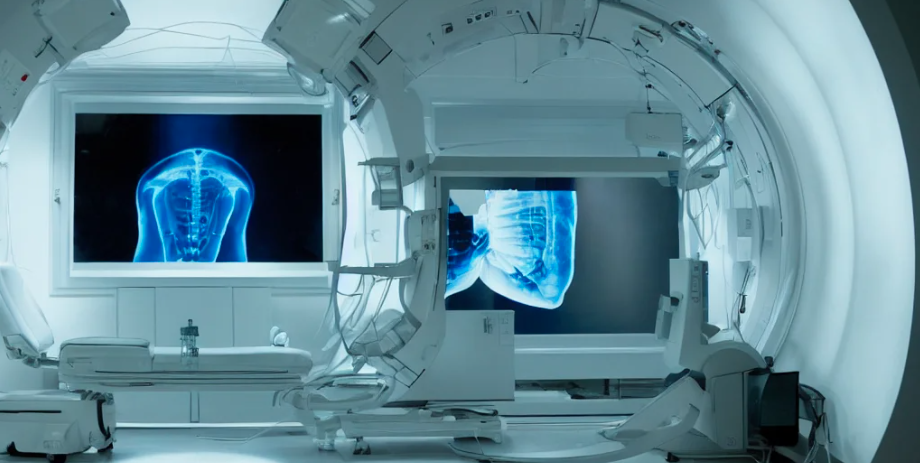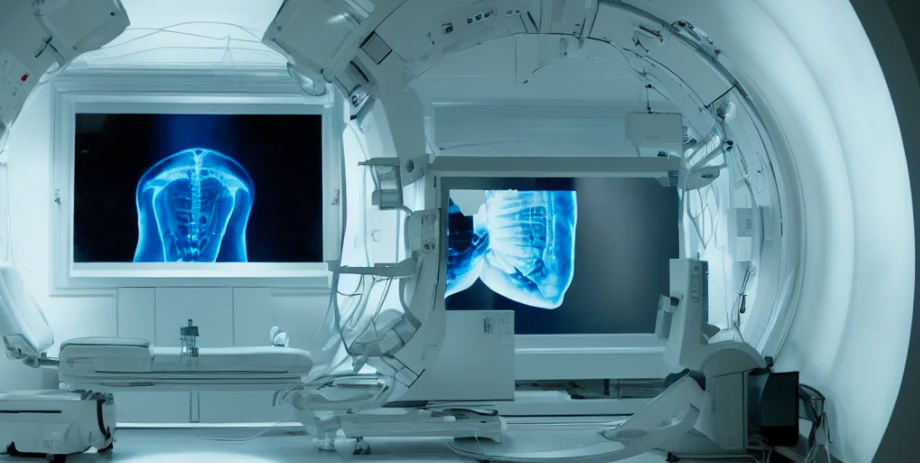Top Ambient Intelligence Trends for the Healthcare Industry in 2023


As technology continues to evolve so too does the healthcare industry. At the same time, more and more people have access to info than ever before. With this in mind, it’s time for us to talk about our favorite ambient intelligence trends that are sure to make an impact on healthcare by 2023!
#1 – Telematics as a service: Unsurprisingly, telematics is one of the most important aspects of ambient intelligence for the health industry. The use of internet of things technologies will only increase from here on out and these services can help promote healthier lifestyles and have a positive impact on obesity rates in developed countries worldwide.
#2 – Wearable devices: Move over Fitbit, smart watches are no longer the province of bulky, chunky wristwatches. For example, Apple has already released its new Apple Watch that utilizes a very cool form of ambient intelligence which is being used to monitor ones health in real-time and then putting up stats on there health through the use of their online service.
This trend will only increase in popularity as more wearables hit the market. In the past few years, there have been many innovations that have made wearable technology far more practical and beneficial than ever before.
#3 – Chat Bots: The most exciting part of the storyline concerning smart homes was the introduction of smart appliances to help save us time. However, we’re starting to see smart home devices becoming more and more creative in how they’re being used. As a result, chat bots are starting to take off in a huge way in our industry! For example, there are now dozens of household applications that can be used with voice-activated chat bots.
These bots are able to help you with more than just basic temperature control. If you have a Sonos music system, for instance, a simple voice command can help you search for the song that you want to play. Chat bots are even being programmed to help remind older people when they need to take their pills or get their prescriptions refilled.
#4 – Virtual Patient Apps: It’s already been proven time and time again that patients are much more likely to follow doctor’s orders if there is an app attached. The main use of apps like this is that they help doctors in their practice by making it easier for them to communicate with patients and give them more efficient ways of interacting with your healthcare team.
However, virtual patient apps are also used by patients themselves. For example, as a patient, you can utilize your phone to check up on your medical condition at home by using virtual reality technology. The benefit to this, is that you don’t have to leave your house to get a better picture of your own health.
Further, you can communicate with your doctors and even schedule appointments without having to travel. As we mentioned earlier, no matter if it’s virtual or real-world, the advantage of using an app is huge.
#5 – Smart conference rooms: Conference rooms are becoming more and more exponentially smart with every passing year. For example, back in 2016 many companies began experimenting with the use of smart conference room technology. These systems were able to talk to each other (via wireless) so that they could all work together as one cohesive whole.
Henceforth, companies all over the world are now making use of these intelligent conference rooms to help save time and money in their usual everyday operations. For example, businesses like Coca-cola have made use of smart conference room technology to bring their headquarters down to a far more efficient level.
Supporting this theory is the fact that these rooms are able to communicate with each other and can help cut down on wasted time during meetings in which things don’t get done.
#6 – Smart mood tracking: As healthcare industry continues to become increasingly digitized, it’s important that we take steps toward creating a healthier environment. Naturally, a big part of this change is in fact the digitization of emotions.
For example, some hospitals have taken steps to provide healthcare professionals with tools that can help them gauge the emotion levels of their patients when interacting with them on a one-on-one basis. Through the use of ‘mood tracking’ devices and applications, doctors are able to better understand their patients needs on a deeper level.
#7 – Wireless medical records: We already mentioned telematics as a service earlier, but it’s time to go into more detail about what this means in the context of healthcare industry. Simply put, wireless means that patients can interact with their medical records from virtually anywhere at any time as long as they have a way to connect to the internet.
For example, you can use your phone’s browser to check up on your insurance or even your diagnosis from the comfort of your bed. You can also view and even download medical records that you’ve previously received from a healthcare practitioner so long as you’re able to access them.
#8 – Smart Glucose Monitoring: In the future, we’re sure to see even more advances in the digitization of our blood sugar levels. As a result, we’ll begin seeing more and more devices that are created to help us keep track with our own biomarkers.
There are now glucose monitors available on the market that don’t require the use of a needle. Instead, you can now plug them into your phone and monitor your levels from the comfort of your own home.
What we’re suggesting here is that more and more healthcare institutions will begin making use of wireless technologies in order to make patient experiences more streamlined and efficient.
Source: https://www.linkedin.com/pulse/top-ambient-intelligence-trends-healthcare-industry-2023-raoof-zubair/?trackingId=jAk5kDBgQACWy6pVkYxiAA%3D%3D

